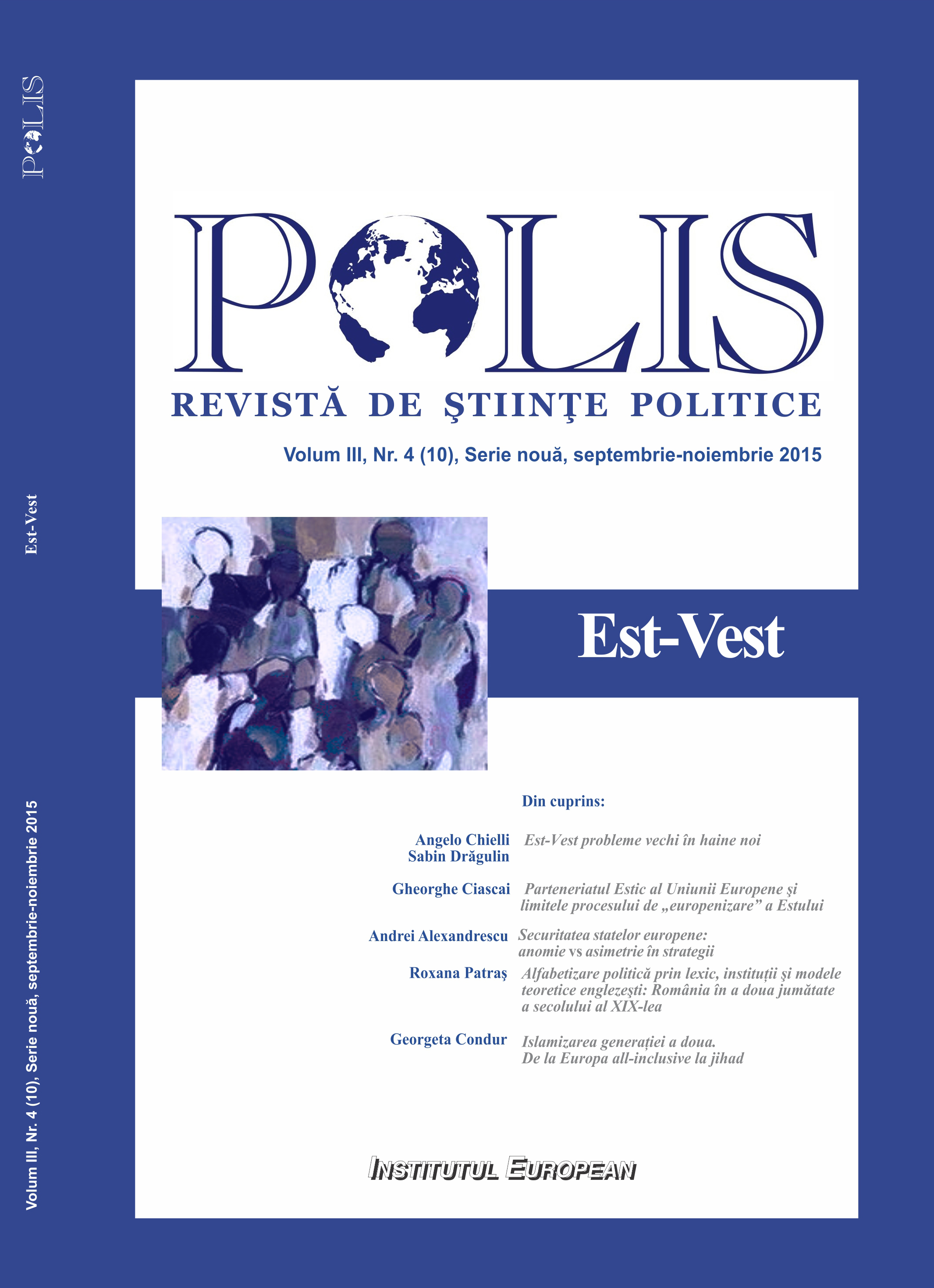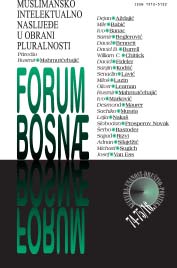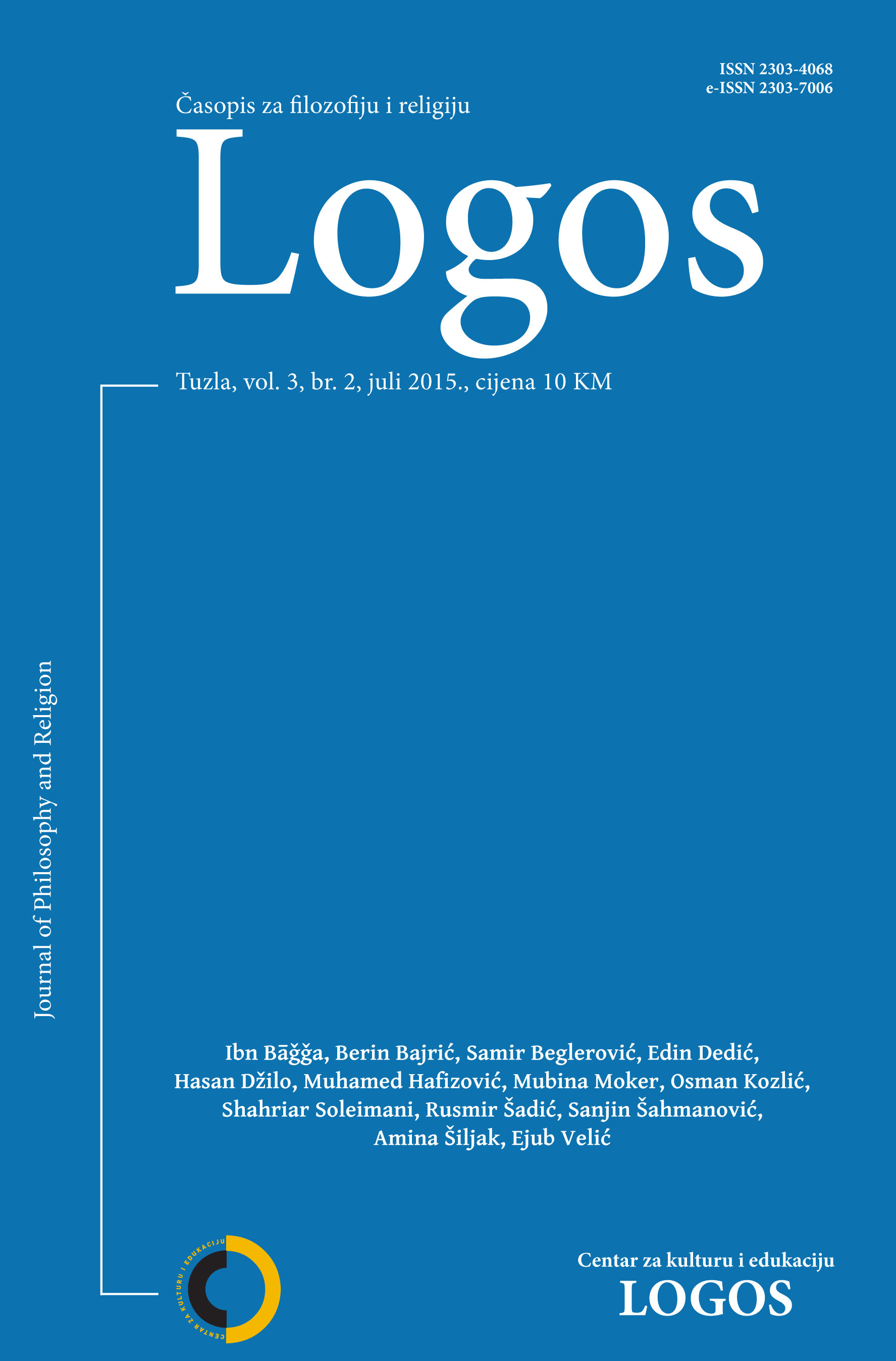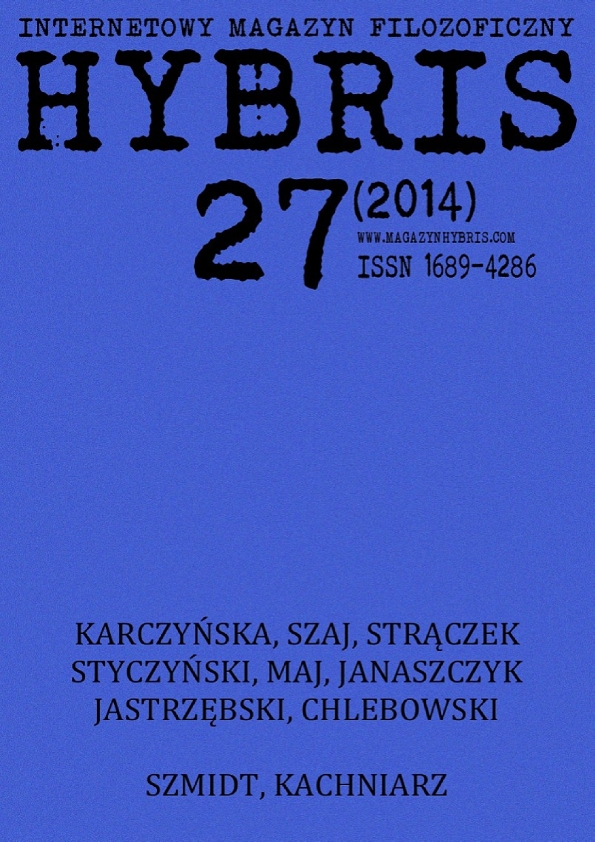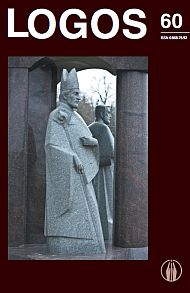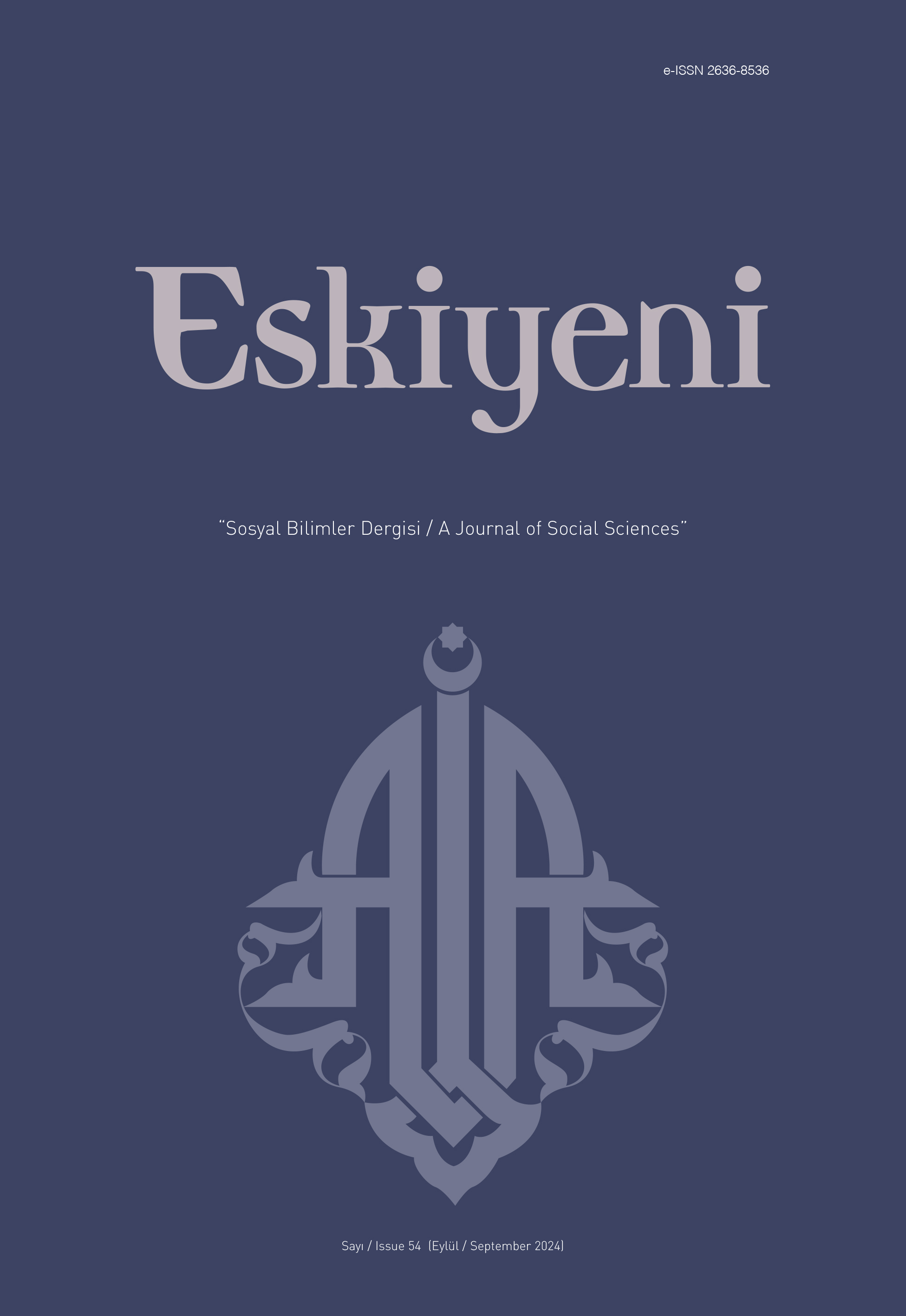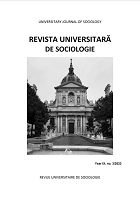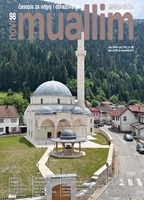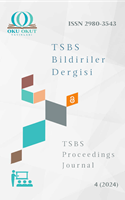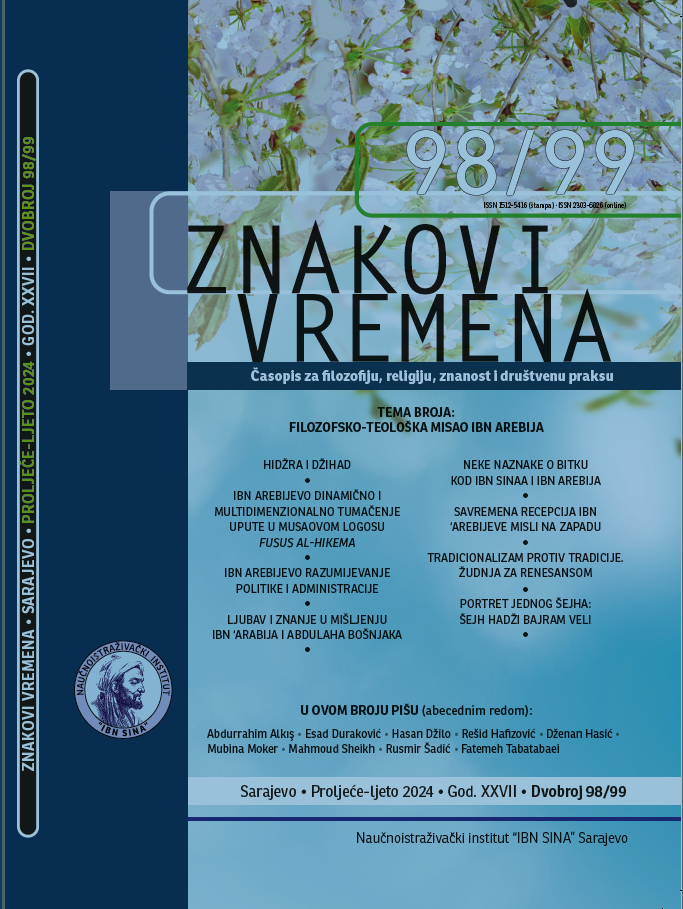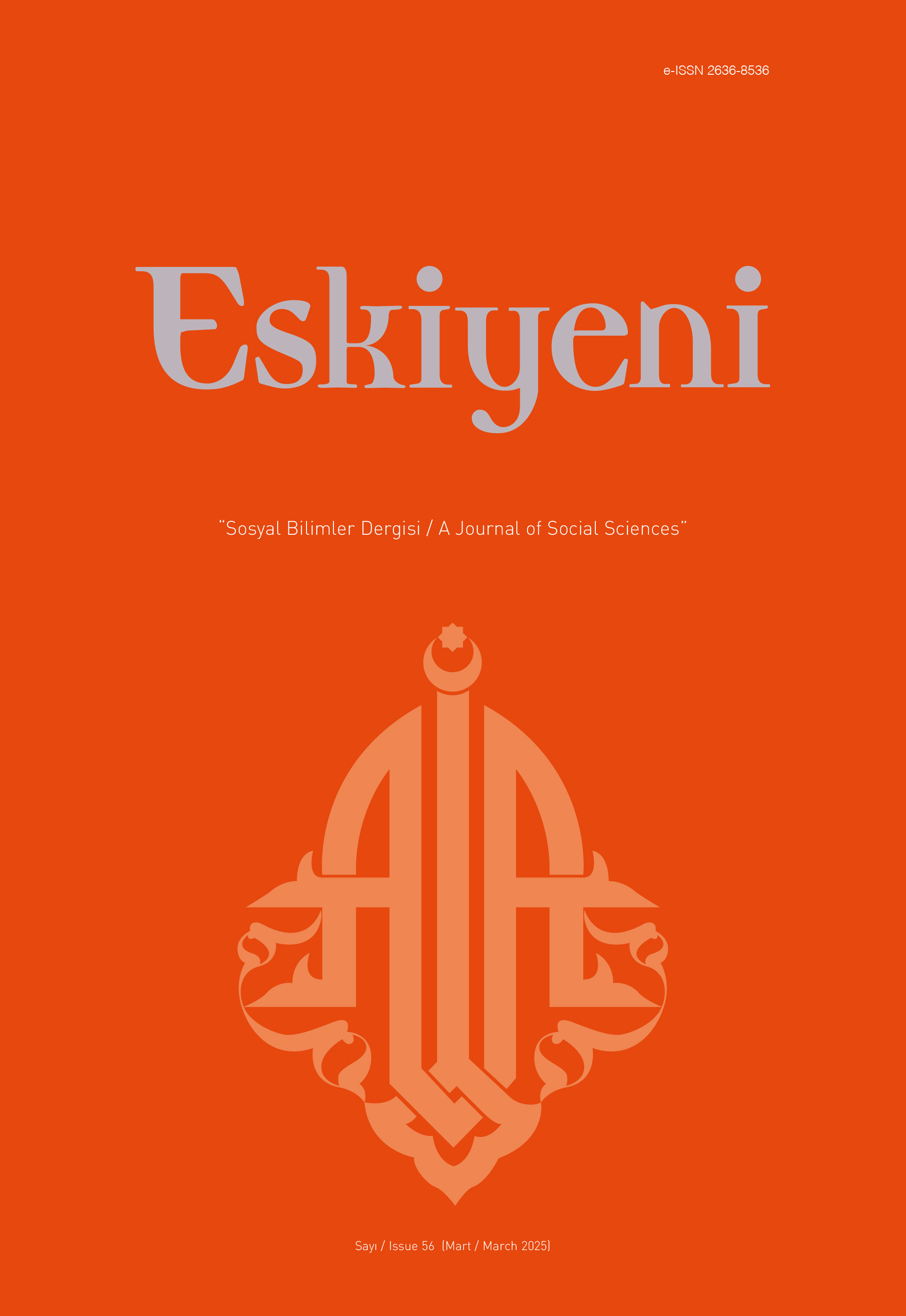Author(s): İzzet Gülaçar / Language(s): Turkish
Issue: 56/2025
In the classical understanding of nature, entities in the physical realm are understood to be subject to change (taghayyur). In order to articulate this change, and to comprehend it,, explain the dynamism observed in the physical world, and comprehend it, concepts such as kawn (coming into existence), fasād (corruption), and motion, which is the focus of this study, have been employed. The concept of motion has been rubrik of ṭabī‘iyyāt (natural sciences) in the classification of classical philosophy, and perceptible (maḥsūs) bodies, due to their susceptibility to change, have been analyzed within the context of motion. Additionally, motion is considered the most general accident (ʿaraḍ) of natural bodies. In this regard the types of bodies serve as the carriers of motion, the ontological character of the body determines the principles and types of motion, and aspects such as the mover, time, and space give rise to discussions on the possibility of motion. The issue of motion has been debated within the framework of these concepts and problems both in antiquity and Islamic philosophy. One of the most prominent scholars in Islamic philosophy who engaged with the idea of motion is Ibn Sīnā (Avicenna). In addressing the topic of ṭabī‘iyyāt, where he systematically examined physical issues following the hierarchical structure of philosophy, Ibn Sīnā discussed motion based on potentiality-actuality-perfection (quwwa-fiʿl-kamāl). Grounding all observable changes in this philosophical framework, he defined motion, which he regarded as a form of change, as a “gradual transition from potentiality to actuality.” Ibn Sīnā’s philosophical perspective on motion extends beyond the confines of physical phenomena, encompassing metaphysical dimensions, particularly the concept of God and the relationship between God and the world. His approach is further diversified into ethical and psychological realms, where motion serves as the fundamental principal of actions and deeds. Given the extensive scope of Ibn Sīnā’s thought on motion-related issues, meticulous and a focused examination of the topic is imperative. The present study aims to explore how Ibn Sīnā grounds motion within the framework of potentiality-actuality-perfection. In this regard, it investigates Ibn Sīnā’s approach to the concepts of potentiality, actuality, and perfection, the nature of the transition from potentiality to actuality, and the fundamental element that qualifies a change as motion. The study proposes a comprehensive framework encompassing the definition, nature, and possibility of motion. It is contended that this study makes a significant contribution to the field by elucidating the philosophical underpinning and conceptual relationships inherent to the notion of motion.
More...
